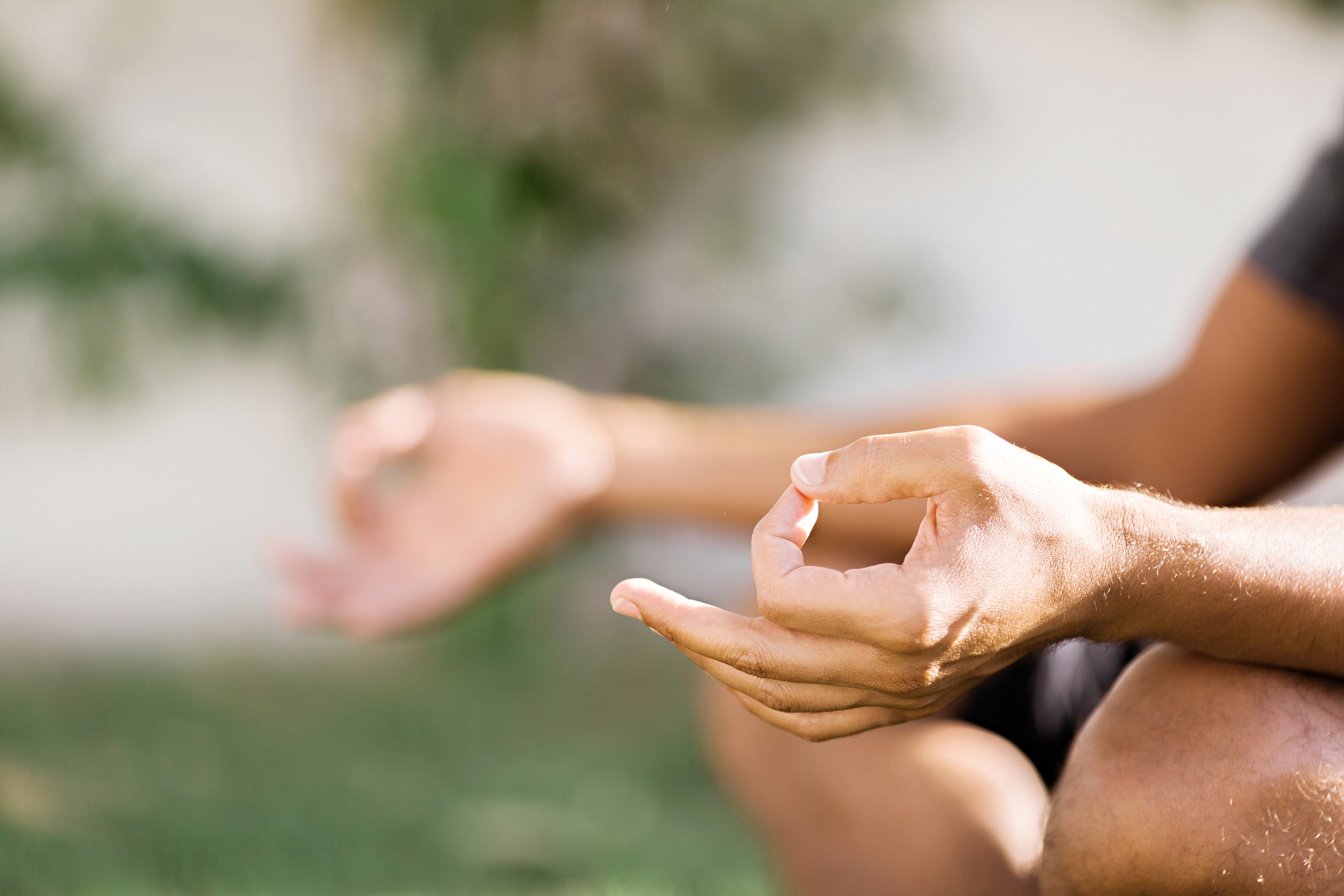
Of the many physical workouts we have seen and heard of, yoga is one that provides a complete mind and body exercise. The origins of this practice are speculated to date back to pre-Vedic times in ancient India and is often considered to have likely developed around the sixth and fifth centuries BCE. Today, the impact of yoga on the overall well being of a person is discussed all over the world, with many systematic studies being conducted on the impact of postural yoga on physical and mental health. Evidence says that regular yoga practices are highly useful for reducing and controlling lower back pain and stress.
While yoga practitioners talk about its seemingly endless advantages, at the Hundred, we primarily focus on the Ashtanga Vinyasa method of yoga. Our yoga classes focus on the dynamic and continuously flowing sequence of moments, which are intermixed with a series of static positions, all of which are termed as “asanas”.
So how does yoga affect one’s body?
Yoga is a free-flowing exercise that focuses on utilizing the body’s core strength. Apart from building this strength, yoga is known to increase flexibility, improve posture, increase muscle strength and correct blood circulation to the different organs in the body. The controlled asanas in yoga can also strengthen the spine and assist in the body’s natural detoxification process.
As mentioned before, yoga can improve mental health as well. Regular practice of this will reduce mental stress and increase emotional wellbeing, which makes it a much-appreciated exercise form that people around the world have embraced as part of their daily routines.
Although people practice the asanas in all seriousness and enjoy yoga’s many benefits, one thing that they miss out in the process is understanding the significance of breathing. Here, we are discussing more about the importance of breathing in yoga and how it affects our bodies.
Decoding impact of breathing in yoga
If you have attended a yoga class in Dubai before, you might have already come across instructions to breathe consciously, deeply and to retain the breath at some places. Each asana or position is usually accompanied by a breathing technique, to help the practitioner get the most out of the movement. Here is what they all mean and do to your body-
- The relation between your breathing pattern and length of life
According to the principles of yoga, the slower you breathe, the more you live. Shorter breaths can shorten your lifespan. It is said that if you breathe 15 times in a minute, you will most likely live up to 75 or 80 years and if you can reduce it to 10 breaths per minute, you will live up to a hundred. Longer and sustaining breaths can increase your lung capacity, which is one of the scientific reasoning behind this principle.
- The need for practicing conscious breathing
In a yoga class, the trainer usually instructs to breathe “consciously”. Yoga practitioners believe that conscious breathing can help the individual connect with his or her energy flowing within. When breathing with consciousness, breathing is said to have a biological tie with our physical, mental and emotional state.
Conscious breathing is all about being in the present. Being in the present helps an individual let go of the past as well as worries about the future and focus on the moment he or she is living in. Conscious breathing is, in fact, a form of simple meditation.
Science also tells us that while unconscious breathing is an involuntary action that is controlled by the medulla oblongata, which is a much more primitive part of the human brain. On the other hand, conscious breathing can activate higher and evolved parts of the cerebral cortex, which in turn affects the way you control your emotions and thought processes.
- Breath control and change of breathing patterns
According to the principles of yoga, by changing your breathing pattern, you can raise your mind into different emotional states. For instance, slow and conscious breaths send inhibitory impulses into the respiratory center in the midbrain. These impulses move from the cortex to the hypothalamus, which essentially soothes and individual’s emotional state.
Understanding the concepts of pranayama
On understanding yoga at a deeper level, you might have come across concepts like prana and pranayama, but never fully understanding them. In yogic practice, prana is the vital force that flows within an individual and pranayama is the process of controlling it. The principles of the practice further state that controlled breathing can control prana. Keep in mind prana is not your breath, but rather the energy that powers the lungs and other vital organs in the body. The yogic principles state that prana can be controlled better with pranayama, which in turn improves your overall body functioning and its wellness.
Final thoughts
To understand the exact meaning and impact of breath control during yoga practices, one has to spend years in practice and read texts related to the subject. With much of the concepts intertwined with Indian philosophy and spirituality, it requires constant dedication and interest to understand the meaning behind each asana and breath control that accompanies it. In a nutshell, yoga is simply the practice of channeling your vital energy through breathing and movements to maintain your body’s wellbeing. And ideally, you have to learn the techniques from a yoga class, where the trainers themselves have practiced it for years.
At the Hundred, our trainers equip you to navigate the basics of numerous disciplines, from ashtanga vinyasa to hatha yoga. Join our yoga classes in Dubai to start your journey towards physical, mental and emotional wellness and balance.


